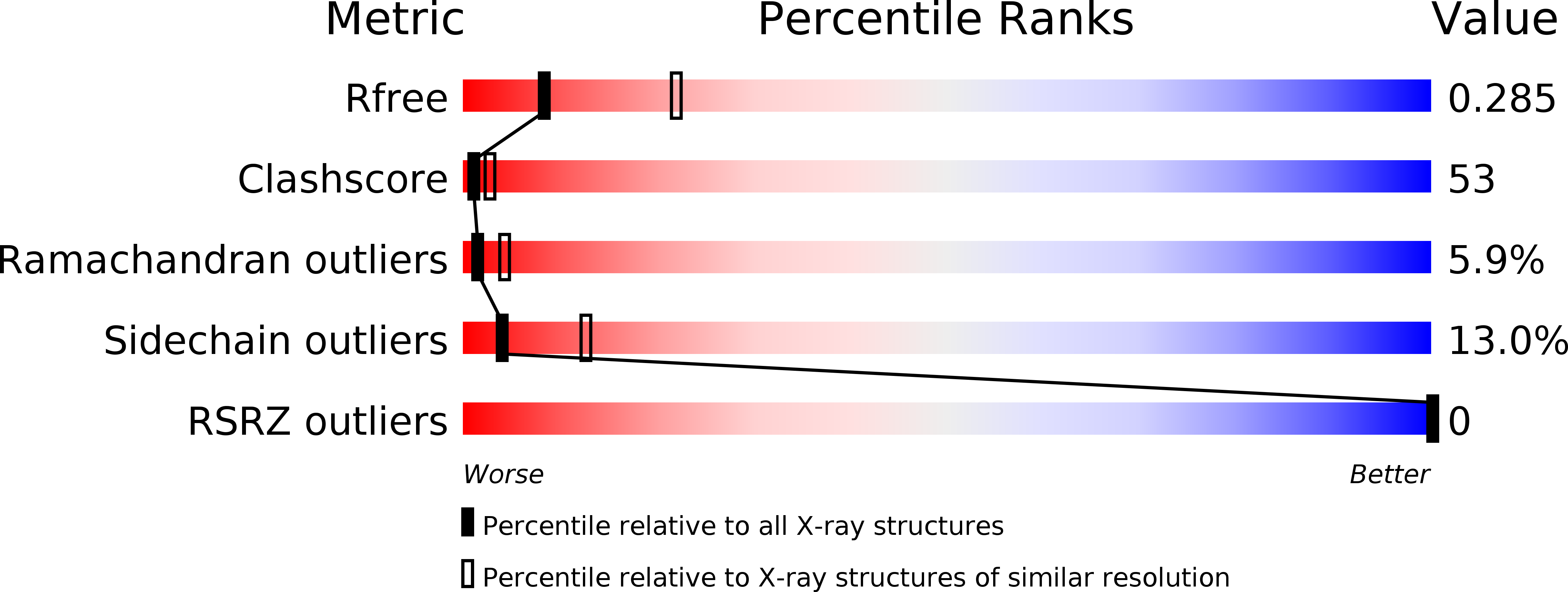
Deposition Date
2004-12-23
Release Date
2005-02-22
Last Version Date
2024-04-03
Entry Detail
PDB ID:
1YD8
Keywords:
Title:
COMPLEX OF HUMAN GGA3 GAT DOMAIN AND UBIQUITIN
Biological Source:
Source Organism:
Homo sapiens (Taxon ID: 9606)
Bos taurus (Taxon ID: 9913)
Bos taurus (Taxon ID: 9913)
Host Organism:
Method Details:
Experimental Method:
Resolution:
2.80 Å
R-Value Free:
0.29
R-Value Work:
0.22
R-Value Observed:
0.22
Space Group:
C 1 2 1


